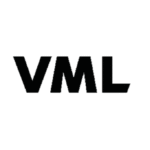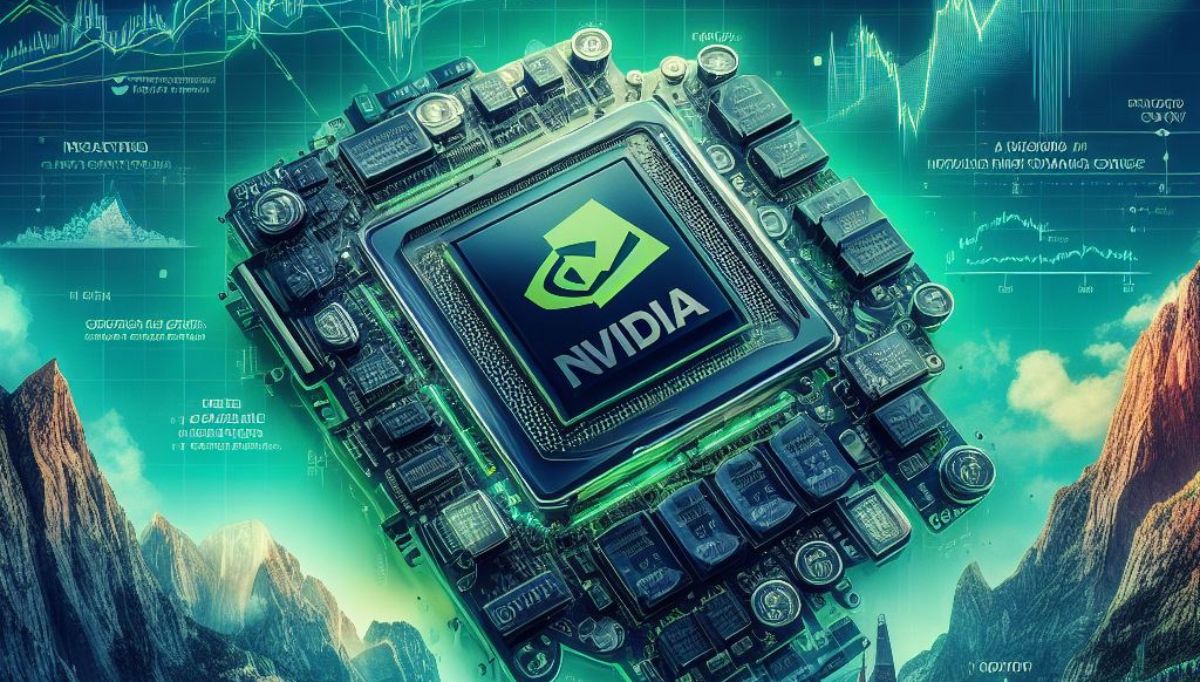Nvidia, a leading player in the artificial intelligence (AI) and graphics processing unit (GPU) market, recently announced a delay in the launch of its new AI chip, the H20, which is specifically designed to align with U.S. export rules for the Chinese market. Initially scheduled for an earlier release, the launch is now postponed to the first quarter of the next year, possibly around February or March.
The H20 chip is the most powerful among three China-focused chips developed by Nvidia. This delay arises from challenges server manufacturers are facing in integrating the chip into their systems. Given the complexity and advanced nature of these chips, such integration issues are not uncommon in the tech industry. However, they can impact a company’s strategy and market presence, particularly in a highly competitive space like AI technology.
In addition to the H20, Nvidia has been developing two other chips – the L20 and L2 – as part of its strategy to comply with the new U.S. export restrictions. Interestingly, the L20 chip is reportedly on track for its planned release, while there is no specific update on the L2 chip’s status. This trio of chips represents Nvidia’s adaptive response to the stringent U.S. export rules, which have significantly reshaped the tech landscape.
The H20, L20, and L2 chips include many of Nvidia’s latest AI features but have undergone modifications in their computing power to adhere to U.S. regulations. These changes are critical for Nvidia to continue operating in the Chinese market, which has become more challenging due to the U.S. government’s tightened export controls.
The U.S. export curbs have opened doors for other competitors, notably Chinese firms like Huawei, to fill the gap left by Nvidia. A prime example of this shift is the Chinese internet giant Baidu, which placed a significant order for Huawei AI chips earlier this year. This move by Baidu was a proactive measure, anticipating a future where sourcing from Nvidia might become challenging or impossible due to U.S. restrictions.
Nvidia’s introduction of the A800 and H800 chips in November 2022, which came about a month after the U.S. first imposed export bans on advanced microchips and equipment to China, was an initial response to these new market conditions. The H20, along with the L20 and L2, are continuations of this strategy, aiming to retain Nvidia’s strong market presence in China. Despite having some of their computing powers reduced to comply with U.S. rules, these chips are expected to support a wide range of AI tasks, a testament to Nvidia’s engineering and innovation capabilities.

















